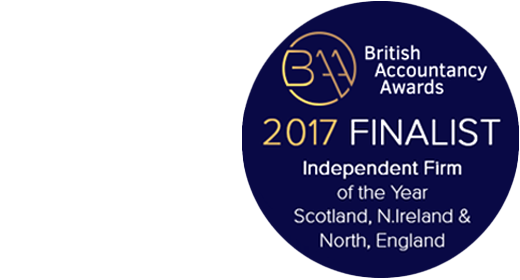
If you are a business owner, you need to consider what to take in salary or in dividends.
Having the right balance of these may seem difficult, but it is an important element of managing your business.
The UK tax system allows company shareholders to draw money from their companies in two ways – either by taking a salary via PAYE, which will be subject to Income Tax and National Insurance Contributions or by taking dividends, which is instead subject to a unique dividend tax rate and free of NICs.
Salary
There are two primary reasons, for drawing part of your remuneration from a salary from your business.
First and foremost, you will more than likely want to continue to accrue qualifying years towards your state pension.
To obtain the necessary National Insurance credits to receive this benefit your salary will need to be in excess of the current Lower Earnings Limit.
When setting your salary, many directors choose a level between the Lower Earnings Limit and the Primary Threshold, as this will ensure you receive National Insurance credits.
Secondly, taking a salary counts as an allowable business expense, which can be offset against your profits to reduce the amount of Corporation Tax your company is liable for.
Deciding salary
If you are planning on drawing money from your business but intend on maintaining contributions towards state pensions and other benefits such as maternity leave and job seekers’ allowance down the line, then it makes sense for you to take salary instead of dividends.
You will also need to consider how your salary affects your income tax position. Every UK taxpayer enjoys a personal tax allowance of £12,570 per annum (frozen until 2028).
Any earnings above this amount, including income from a salary, will be taxed at your marginal rate (basic, higher and additional).
If your salary exceeds the thresholds for these tax bands you will face a higher rate of tax, but this will also need to be considered alongside other earnings outside your salary, which could carry you over into higher rates of tax as well.
This will be particularly precarious from this April when the threshold for the additional rate of income tax (45 per cent) falls from £150,000 to £125,140.
Benefits of dividends
Dividends, unlike salary payments, do not attract National Insurance Contributions and the tax rates on dividends are lower than tax rates on salaries.
However, if your annual dividend payments exceed £2,000 per year (based on the current dividend allowance), then you will need to pay some tax on those payments.
This dividend tax allowance will be reduced from April 2023 to £1,000 and halved again to just £500 in the following tax year, but dividend tax rates remain lower than the rates of income tax and, therefore, may offer a tax advantage to some directors.
For 2022/23 and into the new tax year, the dividend tax rates are:
- Basic rate: 8.75 per cent
- Higher rate: 33.75 per cent
- Additional rate: 39.35 per cent
A Company pays Corporation Tax on its profits before dividends are paid out. You cannot count dividends as business costs when you work out your Corporation Tax.
Which option is best for you?
It’s important to consider both options carefully before deciding which one works best for you based on your current financial situation and future plans.
This is something that needs to be done regularly at tax rates and allowances change. In the year ahead there are several changes to these rates and allowances that we have outlined.
You should seek guidance and professional advice if you are unsure about salary and dividends.
If you need advice on tax planning, managing tax reliefs and handling business finances, contact us today.

